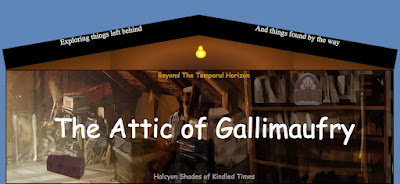Ahhhh.
I had been looking for this sheet music for years. Dare I say, for over a decade?! It escaped me. It was as if it did not exist. I mean, I found evidence that it was locked in the archives of the New York State judicial library, as evidence in a 1930s lawsuit. But it was rare as the Dickens and I could never find the actual thing.
But eventually I did.
I found it on eBay. The starting price was ninety-nine cents (plus postage), and there were two weeks left in the bidding. "Oh dear," I thought, "this is such an important historical document, one that has eluded me for a decade, and I am sure many people will be bidding for this, waiting for the last possible moment before entering a bid. There is no chance that, with my meager resources, I shall be able to actually get my hands on this item." But, as you can see, I did win it.For ninety-nine cents (plus postage).
What an odd thing!! This was something of considerable historical importance. And I was the only one to enter a bid. Nobody else in the world cared. It was my golden grail. Nobody else cared. There were no other bids. And so I now possess a great historical document at a cost of ninety-nine cents (plus postage).
I must be deluded. I had been pursuing this story, this history of "St. James Infirmary," for a very long time. One of the critical links in the saga of this song appeared for sale, and . . . well . . . it sold for ninety-nine cents.
I shall have to ponder this.
Maybe history depends upon who writes the story.
The year on this music sheet is 1925. It was published by Phil Baxter in Little Rock, Arkansas. My earlier research had informed me that "Harry D. Squires, Inc." was the original publisher of this song, and that Squires was the person who convinced Fess Williams to record it (the first recorded version). So it is likely that Baxter released this edition of the sheet music before finding a bona fide publisher. Also, I had noted that Baxter and Moore neglected to copyright the song (thereby leaving the way open for "Joe Primrose" to take ownership of it). But "International Copyright Secured" is printed on these pages. I had found no evidence of this when I contacted the U.S. copyright offices, so I am not sure what this means.
The 1925 sheet music with lyrics can be found here - the pages should expand when you click on them. I leave it to you to compare this music with the second oldest publication of this song in Carl Sandburg's "American Songbag," published in 1927. Whatever this comparison tells you, it will be clear that neither Phil Baxter nor Carl Moore nor Joe Primrose nor anybody else, wrote "St. James Infirmary."Again, here is the sheet music for Baxter/Moore’s “Gambler’s Blues.”





















